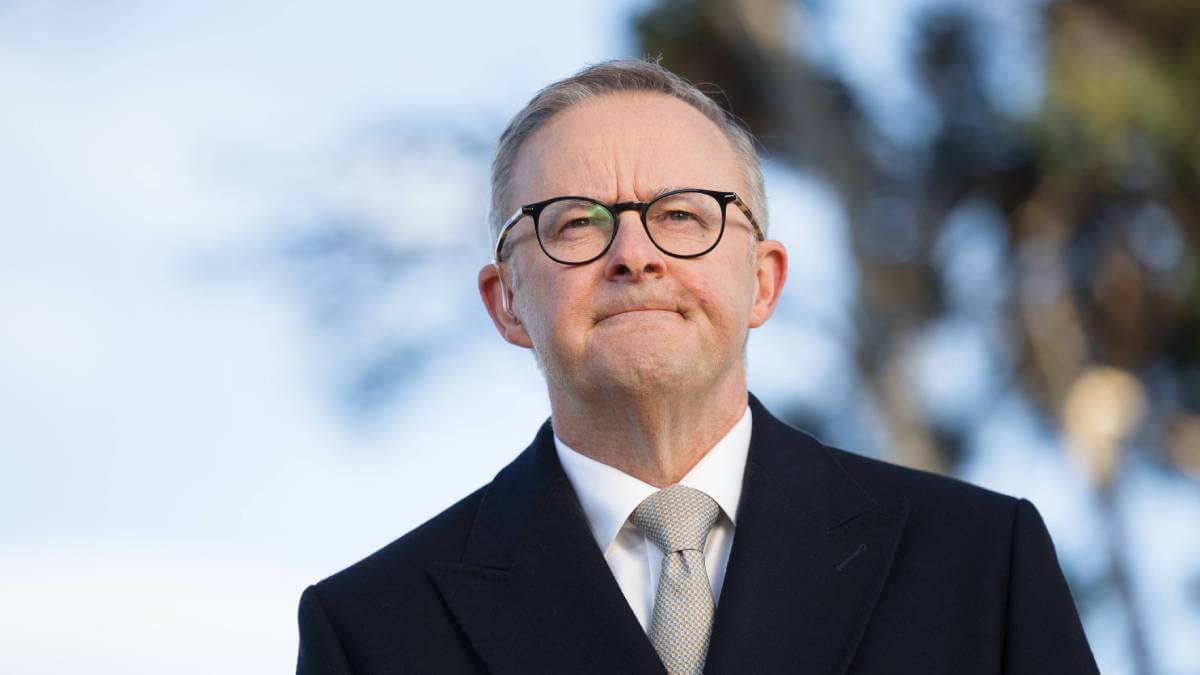The cost of living – now there’s a phrase that has dominated the public discourse in the past few years. Sadly, for most Australians, it hasn’t been associated with much positivity. But is there relief in sight? Possibly, if the words of Anthony Albanese are any indication.
The Prime Minister has suggested that relief is the government’s new year focus. Speaking on ABC TV’s 7.30, he said: “We’ll continue to look at what we can do for cost-of-living relief going into the new year.”
Low and middle-income earners would be front of mind when examining possible relief mechanisms, the PM said.
“It’s something that we examined in the lead-up to MYEFO and the lead-up to the budget in 2024. We’ll be giving proper consideration for how we assist, particularly low and middle-income earners who we understand are under pressure.”
Easing living costs
Middle-income earners will certainly be hoping Mr Albanese comes good on his intention. Analysis conducted by Australian National University (ANU) indicates ‘middle Australia’ is earning less now than before the pandemic. And to rub salt into that wound, the drop has come about even as those middle-income Aussies have worked harder.
ANU’s Centre for Social Research and Methods divided Australians into five income groups and measured the living standards of each. The analysis found that the middle bracket suffered the biggest fall in living standards.
It also showed the much-debated Stage 3 tax cuts, to be delivered this year, will halt that fall. Those cuts will deliver middle Australians their first rise in real disposable income in three years.
A predicted rate cut later this year will also ease cost-of-living pressures, with further relief possibly in store. Mr Albanese has flagged further support measures in the May Federal Budget without divulging details.
What about lower income earners?
In ostensibly good news, those in the lowest two of the five income brackets now have more disposable income, according to the ANU’s analysis. ANU associate professor Ben Phillips explained the result in the Australian last week. Boosted welfare payments, alongside indexation of payment rates to inflation, had run ahead of broader wages growth, he said.
Australian economics correspondent Patrick Commins added that Stage 1 and 2 tax cuts benefitted lower to middle income earners.
That may be true. However, by combining the bottom two income groups it may not paint the full picture of the lowest income group. And it’s worth pointing out the income difference between the lowest and middle income groups.
As broken down by the ANU, the middle income bracket earns an average of $104,400 per annum. The lowest bracket has an average income of $35,000 a year. That basically equates to the middle bracket earning three times that of the lowest-bracket Aussies.
So even the slight increase in real disposable income delivered to the lowest quintile of Australians barely dents the inequality gap. The current JobSeeker rate for a single person with no children is $749.20 per fortnight.
That does not even reach the poverty line of $809.60, a figure that excludes housing costs. Including housing costs, the poverty line for a single person with no children is $1203 per fortnight. For couples, the disparity is similar. The cost of living challenge is likely to remain a significant one for low-income earners for a while yet.
What may be delivered in May
Mr Albanese and Treasurer Jim Chalmers will certainly face a balancing act in formulating May’s Federal Budget. The biggest of those will be to help with living cost pressures without making the problem worse.
Independent economist Chris Richardson says giving people more money through tax cuts would lift spending. That would add to inflation and could mean interest rates stayed high for longer.
Mr Richardson says if the government wants to act, increasing JobSeeker and rent assistance would help those struggling the most. Temporarily increasing the low-income tax offset is another option, he says.
Whichever strategy the government takes, it appears middle Australia is set for some cost of living relief in 2024.
Have living costs blown out since the pandemic? Will the Stage 3 tax cuts make a difference for you? Let us know via the comments section below.
Also read: Grow your own veg to beat the cost of living


Labor’s cost relief. Ha, Ha Ha. Rent gone up $150 per week, $600 per month, $7200 per year. Electricity, Gas, Water up, up, up. How the hell can pensioners exist in Australia under a Labor government. Comunist Labor, Comunist Greens and the woke generation are taking Australia down a big hole into a third-world country.